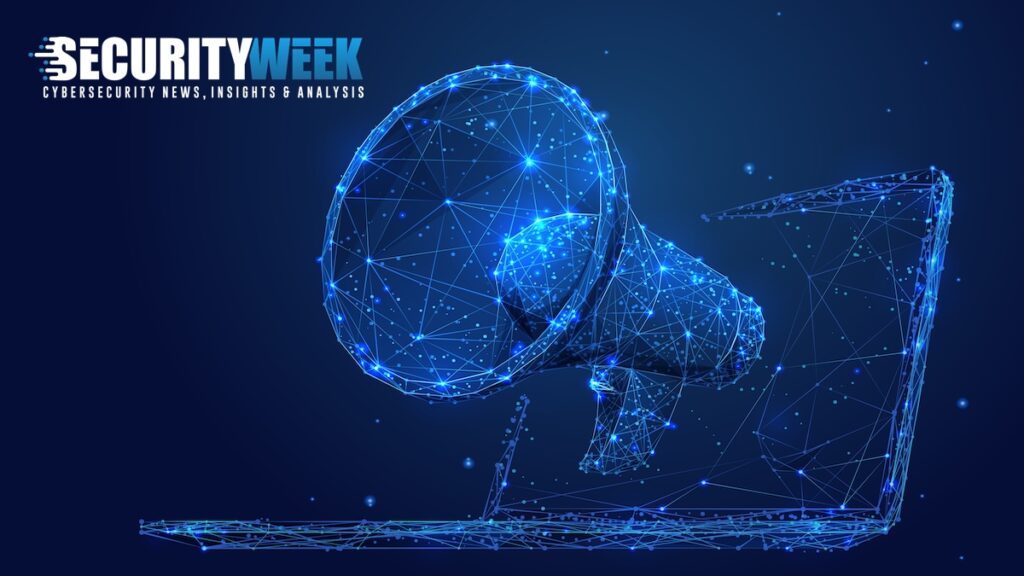Optimize protection strategies through expert cybersecurity and privacy advisory.
Optimize protection strategies through expert cybersecurity and privacy advisory.
Blog Article
The Next Frontier: Insightful Cybersecurity Forecasts for the Coming Year
As we come close to the brand-new year, the cybersecurity landscape is on the brink of notable transformation. Key factors such as the assimilation of sophisticated AI technologies, the inescapable rise of innovative ransomware, and the tightening up of data personal privacy policies are shaping the future of electronic safety. Additionally, the ongoing frequency of remote work remains to expose brand-new vulnerabilities that organizations have to navigate. Recognizing these dynamics is crucial for preparing for the obstacles ahead and strategically strengthening defenses, yet the implications of these adjustments stay to be fully checked out.
Increase of AI in Cybersecurity
In the quickly evolving landscape of cybersecurity, the combination of fabricated intelligence (AI) is becoming a critical pressure in enhancing danger discovery and response capacities. AI technologies, such as maker understanding algorithms and deep discovering designs, are being increasingly deployed to assess vast quantities of information and identify patterns a measure of safety and security risks. cyber attacks. This makes it possible for companies to proactively resolve susceptabilities prior to they can be manipulated
The increase of AI in cybersecurity is especially considerable in its capability to automate routine tasks, allowing human experts to concentrate on even more complicated safety problems. By leveraging AI, cybersecurity teams can lower action times and enhance the accuracy of threat analyses. AI systems can adapt and learn from brand-new risks, continuously improving their detection devices to stay ahead of destructive actors.
As cyber hazards end up being more innovative, the requirement for innovative options will drive more investment in AI technologies. This fad will likely result in the development of improved safety and security devices that integrate anticipating analytics and real-time tracking, ultimately strengthening organizational defenses. The transition in the direction of AI-powered cybersecurity solutions stands for not simply a technological change but a basic change in exactly how companies approach their safety and security strategies.
Boost in Ransomware Strikes
Ransomware assaults have actually ended up being a common threat in the cybersecurity landscape, targeting organizations of all dimensions and throughout various fields. As we advance right into the coming year, it is prepared for that these assaults will certainly not just enhance in regularity but likewise in sophistication. Cybercriminals are leveraging sophisticated tactics, including using expert system and device understanding, to bypass conventional protection steps and make use of susceptabilities within systems.
The escalation of ransomware attacks can be associated to numerous factors, including the surge of remote work and the growing dependence on electronic solutions. Organizations are typically not really prepared for the advancing threat landscape, leaving vital framework at risk to breaches. The financial ramifications of ransomware are incredible, with firms encountering substantial ransom money needs and possible lasting functional disturbances.
Moreover, the fad of dual extortion-- where assaulters not just secure information but likewise intimidate to leakage delicate details-- has actually acquired traction, even more persuading sufferers to follow demands. Consequently, services need to focus on robust cybersecurity steps, consisting of routine backups, employee training, and case feedback preparation, to minimize the dangers related to ransomware. Failure to do so might result in devastating effects in the year in advance.
Advancement of Information Privacy Laws
The landscape of data personal privacy guidelines is going through significant transformation as federal governments and companies react to the boosting problems bordering personal data defense. In recent times, the implementation of thorough frameworks, such as the General Information Security Law (GDPR) in Europe and the California Consumer Privacy Act (CCPA) helpful resources in the USA, has established a precedent for more stringent privacy regulations. These policies stress consumers' civil liberties to control their information, mandating transparency and liability from organizations that gather and refine personal info.

Furthermore, companies will certainly require to improve their conformity approaches, purchasing innovative modern technologies and training to guard delicate details. The advancement of information privacy policies will not just effect exactly how companies operate however also shape consumer expectations, fostering a culture of trust and safety and security in the digital landscape.
Growth of Remote Work Vulnerabilities
As organizations remain to embrace remote work, susceptabilities in cybersecurity have actually significantly involved the center. The change to adaptable job plans has exposed crucial gaps in security methods, specifically as staff members gain access to sensitive data from diverse areas and gadgets. This decentralized workplace produces a broadened attack surface for cybercriminals, that exploit unsecured Wi-Fi networks and personal devices to penetrate company systems.

To reduce these susceptabilities, organizations should focus on extensive cybersecurity training and apply robust security structures that incorporate remote work scenarios. This consists of multi-factor authentication, routine system updates, and the establishment of clear protocols for data accessibility and sharing. By dealing with these susceptabilities head-on, business can foster a much safer remote her explanation work atmosphere while keeping operational durability in the face of progressing cyber threats.
Improvements in Hazard Detection Technologies


Aggressive hazard detection has actually come to be a keystone of contemporary cybersecurity strategies, mirroring the immediate need to combat increasingly innovative cyber threats. As organizations deal with a developing landscape of susceptabilities, advancements in hazard detection innovations are crucial in mitigating threats and improving security poses.
One notable pattern is the combination of synthetic intelligence and maker browse this site knowing into hazard detection systems. These technologies make it possible for the analysis of huge quantities of information in genuine time, permitting the identification of abnormalities and possibly destructive tasks that might escape traditional security measures. In addition, behavioral analytics are being executed to develop standards for regular individual activity, making it less complicated to find discrepancies a measure of a breach.
In addition, the surge of automated danger knowledge sharing systems facilitates collective protection initiatives across markets. This real-time exchange of information improves situational understanding and increases response times to emerging risks.
As organizations remain to purchase these innovative modern technologies, the performance of cyber defense mechanisms will considerably enhance, equipping protection groups to remain one action in advance of cybercriminals. Inevitably, these innovations will certainly play an essential duty in forming the future landscape of cybersecurity.
Verdict
In recap, the upcoming year is anticipated to witness transformative growths in cybersecurity, driven by the assimilation of AI modern technologies and a remarkable rise in ransomware assaults. As information privacy policies become more stringent, companies will certainly require to improve compliance techniques. The ongoing challenges postured by remote job susceptabilities require the application of robust security measures and thorough training. On the whole, these progressing dynamics underscore the critical relevance of adjusting to an ever-changing cybersecurity landscape.
Report this page